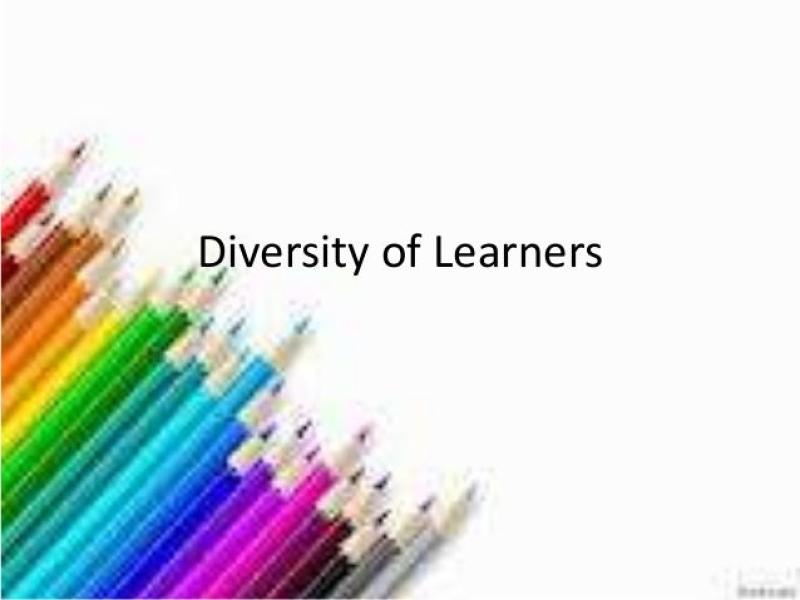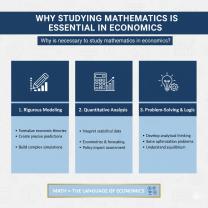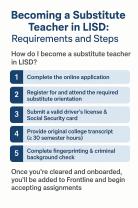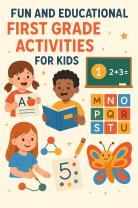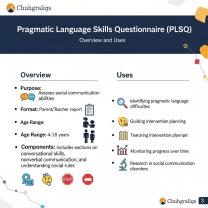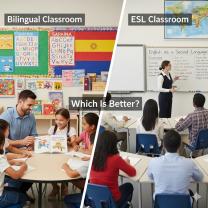What does diversity of learners mean?
The diversity of learners refers to the wide range of characteristics, backgrounds, abilities, experiences, and needs that students bring to the learning environment. It encompasses the unique differences among individuals that impact their learning styles, preferences, strengths, challenges, and identities.
Diversity in learners can include various aspects:
Cultural Diversity: Differences in cultural backgrounds, traditions, languages, and beliefs among students from different ethnicities, races, or countries.
Learning Styles and Abilities: Varied learning preferences, strengths, and abilities, such as visual, auditory, kinesthetic learners, as well as students with diverse cognitive abilities, including giftedness or learning disabilities.
Socioeconomic Background: Differences in economic status, family backgrounds, and access to resources that can influence learning opportunities and experiences.
Gender Identity and Expression: Diversity in gender identity, gender expression, and experiences related to gender that can impact learning experiences and perspectives.
Special Needs and Disabilities: Students with diverse physical, sensory, cognitive, or emotional needs requiring specialized support and accommodations for their learning.
Individual Differences: Unique personal experiences, interests, talents, and backgrounds that contribute to the richness of perspectives within the learning environment.
Acknowledging and embracing the diversity of learners is essential in fostering inclusive education environments. Recognizing and respecting these differences helps educators create supportive and equitable learning environments that cater to the individual needs of all students. Inclusive education aims to accommodate diverse learners by providing equal opportunities, tailored support, varied teaching strategies, and an environment that celebrates and values diversity.
Unveiling the Tapestry of Learning: Exploring "Diversity of Learners"
"Diversity of learners" is not just a fancy phrase in education; it's the vibrant reality of every classroom. It's the recognition that students come from a multitude of backgrounds, experiences, and abilities, each enriching the learning landscape. Let's delve deeper:
1. Unpacking the Meaning:
Diversity of learners encompasses a kaleidoscope of differences:
- Cultural and linguistic diversity: Students may speak different languages, celebrate diverse holidays, and hold varying cultural perspectives.
- Neurodiversity: Learning styles and abilities vary, with some students thriving in traditional settings, while others excel in hands-on activities or require specific accommodations like assistive technology.
- Socioeconomic diversity: Students come from families with different incomes, educational backgrounds, and access to resources, impacting their learning opportunities and challenges.
- Ability diversity: This includes physical disabilities, learning differences like dyslexia or ADHD, and even giftedness, each requiring tailored approaches.
2. Significance in Education:
Embracing this diversity is not just a moral imperative; it's crucial for effective learning:
- Richness of perspectives: Diverse experiences and viewpoints fuel deeper understanding, creativity, and problem-solving.
- Personalized learning: By acknowledging different needs and strengths, educators can tailor their approach, catering to individual learning styles and paces.
- Equity and access: Recognizing diverse needs ensures no student is left behind due to learning differences or cultural barriers.
- Building empathy and global citizenship: Students learn to appreciate others' perspectives, preparing them for a multicultural world.
3. Fostering Inclusive Teaching:
Creating a truly inclusive classroom goes beyond acknowledging diversity; it requires active steps:
- Culturally responsive pedagogy: Educators adapt their teaching methods to different cultural backgrounds and learning styles.
- Universal Design for Learning (UDL): Designing lessons with flexibility and multiple pathways to access information and demonstrate learning.
- Differentiated instruction: Providing varied tasks, materials, and assessments catering to individual needs and abilities.
- Building a safe and supportive environment: Celebrating differences, fostering open communication, and addressing bias or discrimination.
Remember, embracing the diversity of learners isn't just about checking a box; it's about unlocking the full potential of every student. By creating inclusive classrooms that value and nurture differences, we can empower all learners to thrive and contribute their unique voices to the world.
So, educators, let's embark on this journey together, weaving a tapestry of learning where every thread, every student, shines brightly.
